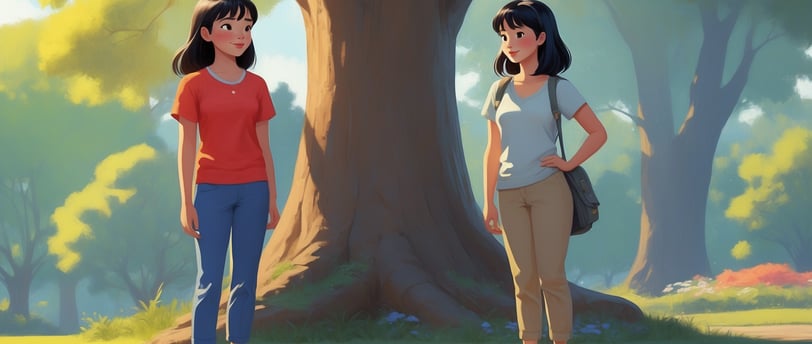Choosing a Short-Form Story Format: Haiku vs. Picture Book
Short-form writing can be a powerful way to share an experience so it’s meaningful and accessible to people of all ages. Picture books can fit this description.
Mae Shell
9/14/20242 min read


I have previously shared my love for short-form storytelling: any writing that conveys an experience, truth, or idea and is constrained by length in some way. Short form is my favorite format for writing and consuming stories, because it focuses the writer and the reader on the essentials. It distills a truth or experience down to its most powerful core.
Here, I’d like to briefly compare how a particular experience might be shared in a haiku poem or a picture book, and why I believe one is more accessible than the other.
I’ve been writing haiku poems since I was in high school. The simplest definition for haiku is an non-rhyming poem with 17 syllables, arranged in lines of 5, 7, and 5 syllables each. The form originated in Japan, and is usually associated with observations about nature, written to evoke a subtle emotional response.
Haiku as a poetry form was popularized in Japan in the early-to-mid 1600s by writing master Basho. As an aside, Basho is featured as a character in the Magic Tree House children’s chapter book series (book #37, Dragon of the Red Dawn).
I fell in love with haiku many years ago because making small observations about the natural world as I walk through it is a favorite pastime. This writing form helps me think carefully about what I am noticing and what I wish to share, in the fewest words possible.
Looking back over poetry I wrote as a young adult and more recently, I see the same observations and themes recurring.
For example, I wrote this in September, 1998, when I was 21:
Sheen of misty red
on mountains is a sign of
departing summer.
25 years later, at age 46, I wrote this:
Trees blush, thinking of
shedding leaves soon. Oh but!
Will be lovely rest.
As lovely as haiku is, it often feels to me, well… a little self-indulgent, hard to understand, or overly subtle with “hidden” meaning. While it may be possible for people of different ages to read and understand haiku, reducing an experience to so few words means that it’s more likely to have deeper meaning for an older person who can “fill in the gaps” through their own lived experiences.
That’s why, to write for a wider audience spanning many ages, I believe picture books are the superior form to tell the stories and share the truths I’m seeking to release into the world. I want these stories to be simple enough that even a young child could be entertained or moved, yet have enough depth to be interesting and meaningful to an adult.
That’s a tricky line to walk, of course, and likely I won’t hit the mark all the time. But with a love for words and storytelling, I believe I can create books that tell stories about the human experience that are relevant for readers of all ages.
In my next blog article I’ll talk about trends in storytelling on social media, how my niche fits into that, and what it’s like being an author in the pre-publishing phase of the journey.
In the meantime, if you’re familiar with both, how would you compare and contrast haiku poems and picture books? Drop a comment below! Thanks.
